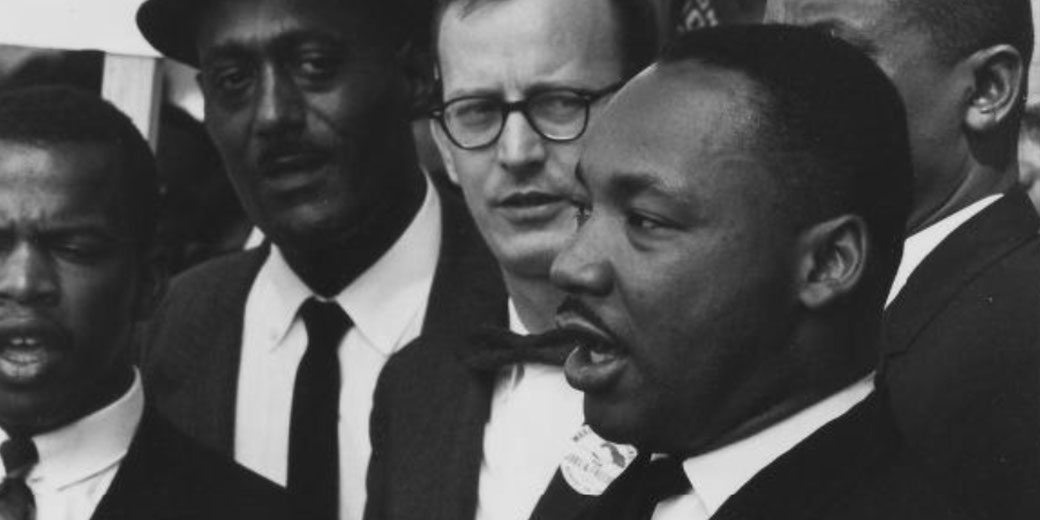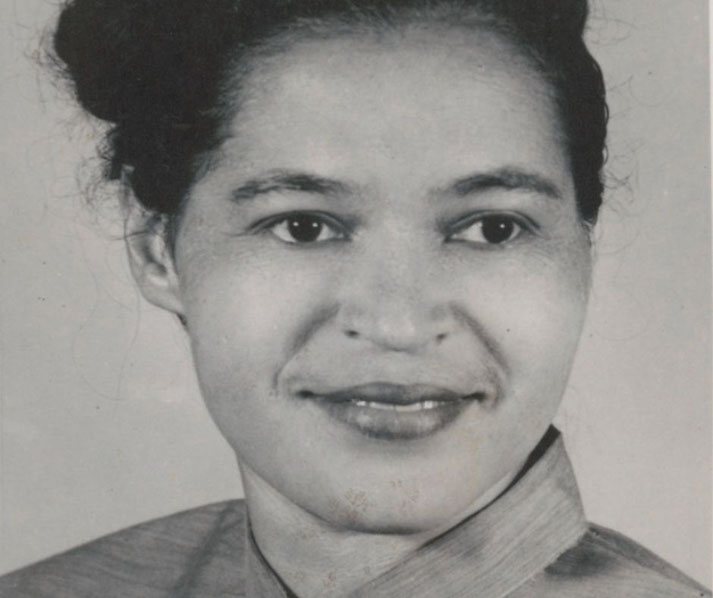Key people and events of the American civil rights movement

The American Civil Rights movement was a turbulent period in American history which began with the Jim Crow Laws and culminated with the Civil Rights Act of 1964.
During this time, African Americans fought for their right to be treated equally under the law. Here, we will take a look at some of the most important people and events in this struggle for equality.
Jim Crow Laws
The Jim Crow Laws were a series of laws primarily enacted in the late 19th and early 20th centuries in the United States.
These laws enforced segregation and racial discrimination against African Americans.
This meant that African Americans were required to use separate facilities from white people, could not vote, and were often treated unfairly in the criminal justice system.
Facilities like schools, hospitals, and transportation were also segregated. As a result, African Americans had to go to different buildings or use different buses than white Americans.
These laws were enforced until the 1960s.
Formation of NAACP
One of the earliest organisations to try and combat these racist laws was known as the NAACP (National Association for the Advancement of Colored People).
It was formed in 1909 by W.E.B Du Bois, and a group of African American intellectuals and civil rights activists.
This organization fought for equal rights for all African Americans during the Jim Crow era and beyond, by trying to challenge the legal system that supported them.
Brown v. Board of Education
However, it would not be until almost half a century later when the first major success was achieved.
In 1954, the Supreme Court ruled in Brown v. Board of Education that segregated schools were unconstitutional.
This landmark decision helped to bring about equal education for all races in the United States.
This required all public schools to be desegregated and it overturned the previous Plessy vs Ferguson ruling which allowed for “separate but equal” facilities for different races.
Rosa Parks
A year later, one of the most famous civil rights events accorded, involving a woman known as Rosa Parks.
Parks was born in Tuskegee, Alabama, in 1913. After working as a seamstress and civil rights activist, she became the secretary of the Montgomery chapter of the NAACP.
In December 1955, she refused to give up her bus seat to a white person in Montgomery, Alabama. For this, Parks was arrested.
It is important to note that Claudette Colvin, a 15-year-old African American girl, had refused to give up her seat on a Montgomery bus nine months before Parks' act of defiance.
However, Parks' arrest garnered more attention and is often credited as the catalyst for the Montgomery Bus Boycott.
In this protest, a group of activists, led by Martin Luther King, refused to ride on any Montgomery Bus Company bus until they desegregate them.
This would last for over a year until the company finally capitulated.

Little Rock Nine
In 1957, nine African American students were enrolled to attend Little Rock Central High School in Arkansas.
This school was previously all-white but had been ordered by the Supreme Court to be desegregated as a result of the Brown v. Board of Education decision.
However, when these students attempted to attend the school, they were met by a mob of angry white protesters who tried to block them from entering.
The Arkansas National Guard was used to prevent the students from entering the school on the orders of Governor Orval Faubus.
It was not until President Eisenhower intervened that the 101st Airborne Division of the United States Army was sent to enforce desegregation and protect the students.
This event helped bring national attention to the struggle for civil rights in the United States.
The Greensboro Sit-ins
Next, in 1960, four African American students from North Carolina Agricultural and Technical College (now known as North Carolina A&T State University) sat down at a “white-only” lunch counter in Greensboro, North Carolina.
The students were refused service because of their race. As a result, they decided to stage a peaceful
protest but were arrested.
This act of defiance started a movement that involved black Americans sitting in at white-only restaurants, businesses, and other public places until they were served or arrested.
The goal of these sit-ins was to force business owners to desegregate their establishments.
Freedom Rides
A year later, in 1961, a group of black and white civil rights activists rode buses from Washington D.C. to New Orleans in an effort to end segregation on public transportation.
These rides were organized by CORE (Congress of Racial Equality).
When the riders arrived in Alabama, they were met by a hostile white mob that attacked the buses and beat the riders.
Several riders were injured, but none of the Freedom Riders were killed during these events.
Despite these dangers, the Freedom Rides continued until they reached New Orleans.
The protesters were arrested in Alabama and Mississippi, but the rides continued to bring national attention to the issue of segregation on public transportation.
Martin Luther King Jr
Martin Luther King Jr is one of the most well-known figures in the American Civil Rights movement.
He was a leader of the nonviolent resistance movement and spoke out against discrimination and racism.
King was born in 1929 in Atlanta, Georgia. He studied theology at Boston University and became a pastor at Dexter Avenue Baptist Church in Montgomery, Alabama.
In 1955, he led the successful Montgomery Bus Boycott and helped to found the Southern Christian Leadership Conference.
In 1963, Martin Luther King Jr gave his famous “I Have a Dream” speech at the March on Washington for Jobs and Freedom.
This march was organized to demand civil and economic rights for African Americans.
King’s speech called for an end to racism and discrimination, and it is considered one of the most important speeches in American history.
He also urged Congress to pass the Civil Rights Act of 1964, which outlawed discrimination based on race, color, religion, sex, or national origin.
King was assassinated in 1968, but his legacy continues to inspire people around the world.
Malcolm X
One of the last major figures of this era was Malcolm X. He was a prominent figure in the Nation of Islam movement and organisation, which had beliefs in black superiority.
After his pilgrimage to Mecca and his departure from the Nation of Islam, he began advocating for racial equality and civil rights.
Malcolm X is best known for his controversial views on race and his calls for black self-reliance.
He was assassinated in 1965, but his legacy has been influential among African Americans and other minority groups.
Civil Rights Act of 1964
The civil rights era reached its culmination with the signing of the Civil Rights Act of 1964.
This was a landmark piece of legislation that outlawed discrimination based on race, color, religion, sex, or national origin.
This act finally helped to bring about legal equal rights for all Americans. It was initially proposed by President John F. Kennedy in 1963 and was signed into law by President Lyndon Johnson in 1964.
The Civil Rights Act of 1964 helped to end segregation in public places, banned employment discrimination, and made it illegal to deny someone housing based on their race or ethnicity.
This act paved the way for further progress towards equality.
What do you need help with?
Download ready-to-use digital learning resources
Copyright © History Skills 2014-2025.
Contact via email
With the exception of links to external sites, some historical sources and extracts from specific publications, all content on this website is copyrighted by History Skills. This content may not be copied, republished or redistributed without written permission from the website creator. Please use the Contact page to obtain relevant permission.





